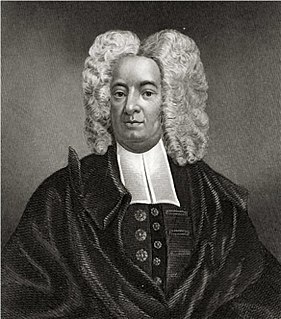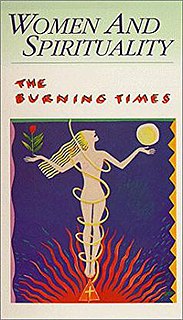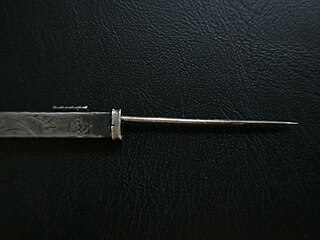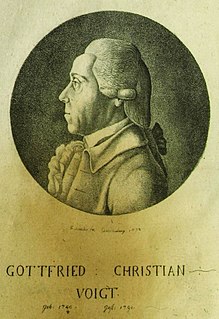 W
WCotton Mather was a New England Puritan minister and a prolific author of both books and pamphlets. One of the most important intellectual figures in English-speaking colonial America, Mather is remembered today chiefly for his Magnalia Christi Americana (1702) and other works of history, for his scientific contributions to plant hybridization and to the promotion of inoculation as a means of preventing smallpox and other infectious diseases, and for his involvement in the events surrounding the Salem witch trials of 1692–3. He also promoted the new Newtonian science in America and sent many scientific reports to the Royal Society of London, which formally elected him as a fellow in 1723. A controversial figure in his own day, in part due to his role in supporting the Salem witch trials, he sought unsuccessfully the presidency of Harvard College, which had been held by his father Increase, another important Puritan intellectual.
 W
WThe Burning Times is a 1990 Canadian documentary, presenting a feminist account of the Early Modern European witchcraft trials. It was directed by Donna Read and written by Erna Buffie, and features interviews with feminist and Neopagan notables, such as Starhawk, Margot Adler, and Matthew Fox. The Burning Times is the second film in the National Film Board of Canada's Women and Spirituality series, following Goddess Remembered (1989) and preceding Full Circle (1993).
 W
WCucking stools or ducking stools were chairs formerly used for punishment of disorderly women, scolds, and dishonest tradesmen in England, Scotland, and elsewhere. The cucking-stool was a form of wymen pine, or "women's punishment," as referred to in Langland's Piers Plowman (1378). They were instruments of public humiliation and censure both primarily for the offense of scolding or backbiting and less often for sexual offences like bearing an illegitimate child or prostitution.
 W
WHäxan is a 1922 silent horror essay film written and directed by Benjamin Christensen. Consisting partly of documentary-style storytelling as well as dramatized narrative sequences, the film charts the historical roots and superstitions surrounding witchcraft, beginning in the Middle Ages through the 20th century. Based partly on Christensen's own study of the Malleus Maleficarum, a 15th-century German guide for inquisitors, Häxan proposes that such witch hunts may have stemmed from misunderstandings of mental or neurological disorders, triggering mass hysteria.
 W
WDuring the height of the witch trials of the 16th and 17th centuries, common belief held that a witch could be discovered through the process of pricking their skin with needles, pins and bodkins – daggerlike instruments for drawing ribbons through hems or punching holes in cloth.
 W
WTrial by ordeal was an ancient judicial practice by which the guilt or innocence of the accused was determined by subjecting them to a painful, or at least an unpleasant, usually dangerous experience. In medieval Europe, like trial by combat, trial by ordeal, such as cruentation, was considered a "judgement of God" : a procedure based on the premise that God would help the innocent by performing a miracle on his behalf. The practice has much earlier roots, attested to as far back as the Code of Hammurabi and the Code of Ur-Nammu.
 W
WGottfried Christian Voigt (1740–1791) was an 18th-century German scholar, author of a 1791 "History of Quedlinburg Abbey"
 W
WAccording to witch-hunters during the height of the witch trials, the witch's mark or devil's mark indicated that an individual was a witch. The beliefs about the mark differ depending on the trial location and the accusation made against the witch. Evidence of the witch's mark is found earliest in the 16th century, and reached its peak in 1645, then essentially disappeared by 1700. The Witch or Devil's mark was believed to be the permanent marking of the Devil on his initiates to seal their obedience and service to him. He created the mark by raking his claw across their flesh, or by making a blue or red brand using a hot iron. Sometimes, the mark was believed to have been left by the Devil licking the individual leaving a death skull pattern in the skin. The Devil was thought to mark the individual at the end of nocturnal initiation rites. The witch's teat was a raised bump somewhere on a witch's body. It is often depicted as having a wart-like appearance.